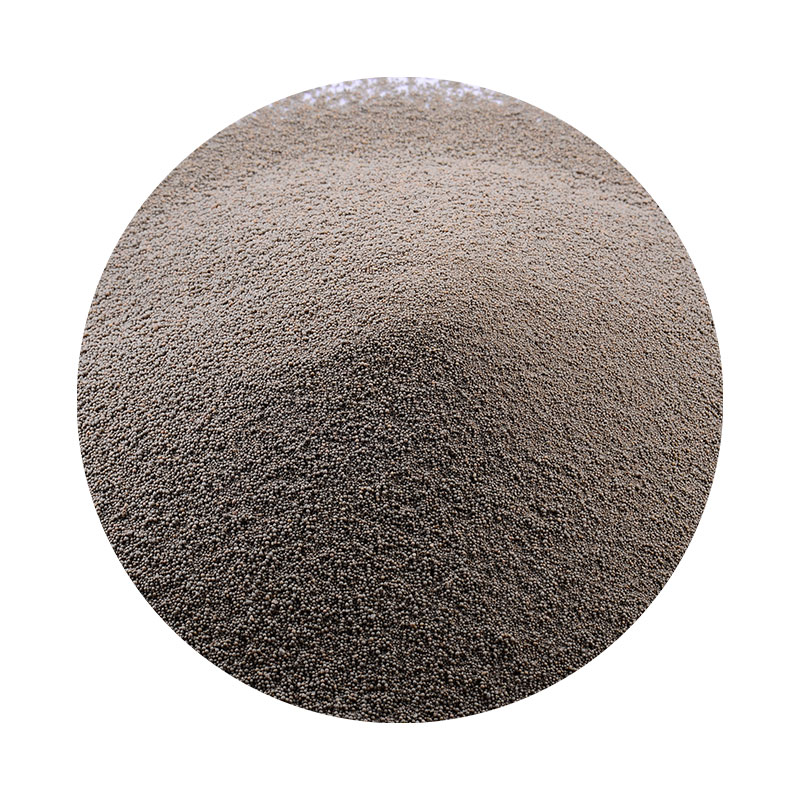The Sand Casting Process A Comprehensive Overview
Sand casting, one of the oldest and most widely used metal casting techniques, remains a cornerstone of modern manufacturing. This method involves creating a mold from a sand mixture, where molten metal is poured into the cavity to form a desired shape. The simplicity, cost-effectiveness, and versatility of sand casting contribute to its continued popularity in various industries, including automotive, aerospace, and art.
The Basics of Sand Casting
The sand casting process begins with the creation of a pattern, which is a replica of the final product. Patterns can be made from various materials such as wood, metal, or plastic and are designed to slightly exceed the dimensions of the end product, accounting for shrinkage that occurs when the metal cools. Once the pattern is ready, it is placed into a tightly packed sand mixture to form the mold.
The sand used in casting is typically mixed with a binding agent, such as clay, and moisture to help it retain shape. This mixture is then packed around the pattern to create a mold cavity. After the sand has been compacted, the pattern is carefully removed, leaving a hollow space shaped like the desired component. In some cases, multiple parts can be made together using a single mold.
Pouring the Metal
Once the mold has been prepared, the next step involves pouring molten metal into the cavity. This metal, often aluminum, cast iron, or steel, is heated to a liquid state and carefully poured into the mold through a gating system designed to control the flow and reduce turbulence. This crucial step requires precision, as improper pouring can lead to defects such as air pockets or incomplete fills.
The cooling time largely depends on the size and type of metal being used. As the metal solidifies, it takes on the shape of the mold. Care must be taken during this stage; rapid cooling can create stress and result in cracking or warping of the final product.
sand casting process

Finishing and Quality Control
After the metal has cooled and solidified, the next step is to remove the sand from the casting. This is often done with a shakeout process, where the mold is shaken or vibrated to dislodge the sand. The casting is then subjected to various finishing processes, including machining, grinding, and surface treatment, to achieve the desired specifications. These processes help improve the dimensional accuracy and surface finish, ultimately enhancing the quality of the final product.
Quality control is paramount in sand casting to ensure the integrity and functionality of the casting. Techniques such as non-destructive testing can be employed to detect internal flaws. Additionally, visual inspections and dimensional measurements help confirm that the casting meets the required standards.
Advantages and Challenges
Sand casting offers several advantages, including its ability to produce complex shapes, the capacity to cast large components, and the compatibility with a wide variety of metals. It is also relatively low-cost, particularly in low to medium production runs, making it accessible for many manufacturers.
However, there are challenges associated with this process. Issues such as surface finish quality, dimensional accuracy, and the presence of sand inclusions can affect the performance of the final product. Moreover, while sand casting can accommodate large parts, the time taken to create the molds can be a drawback in some high-volume production scenarios.
Conclusion
In conclusion, sand casting is a fundamentally important process in manufacturing, offering a blend of versatility, cost-efficiency, and the capability to produce intricate metal components. While it has its challenges, advancements in technology and meticulous quality control measures continue to enhance its effectiveness, ensuring that sand casting remains a vital process in today's industrial landscape. Whether in the production of automotive parts or artistic sculptures, the significance of sand casting cannot be understated.
Post time:Jul . 31, 2024 13:44
Next:Exploring the Enigmatic World of Sand Casts and Their Artistic Significance in Modern Sculpture
